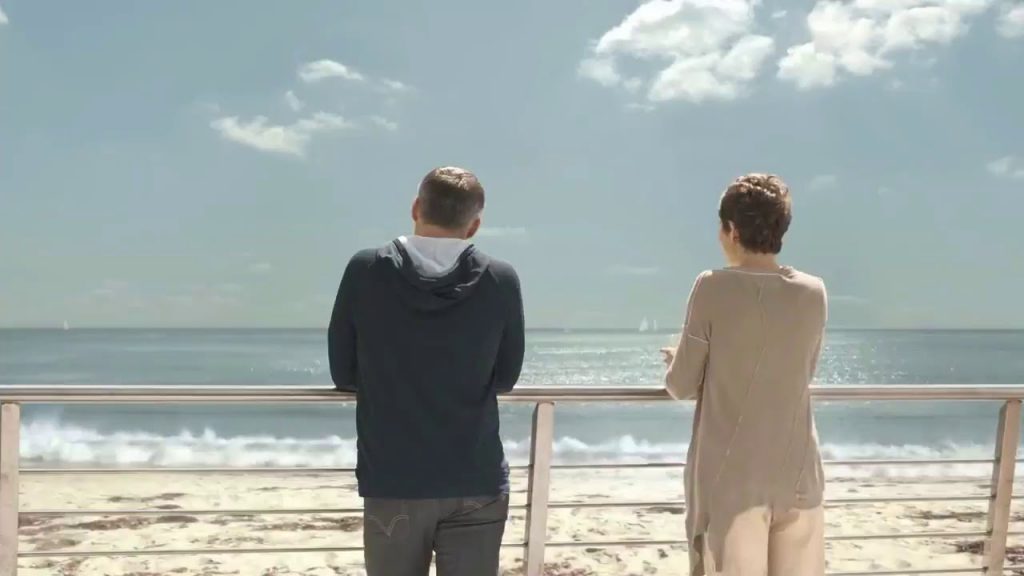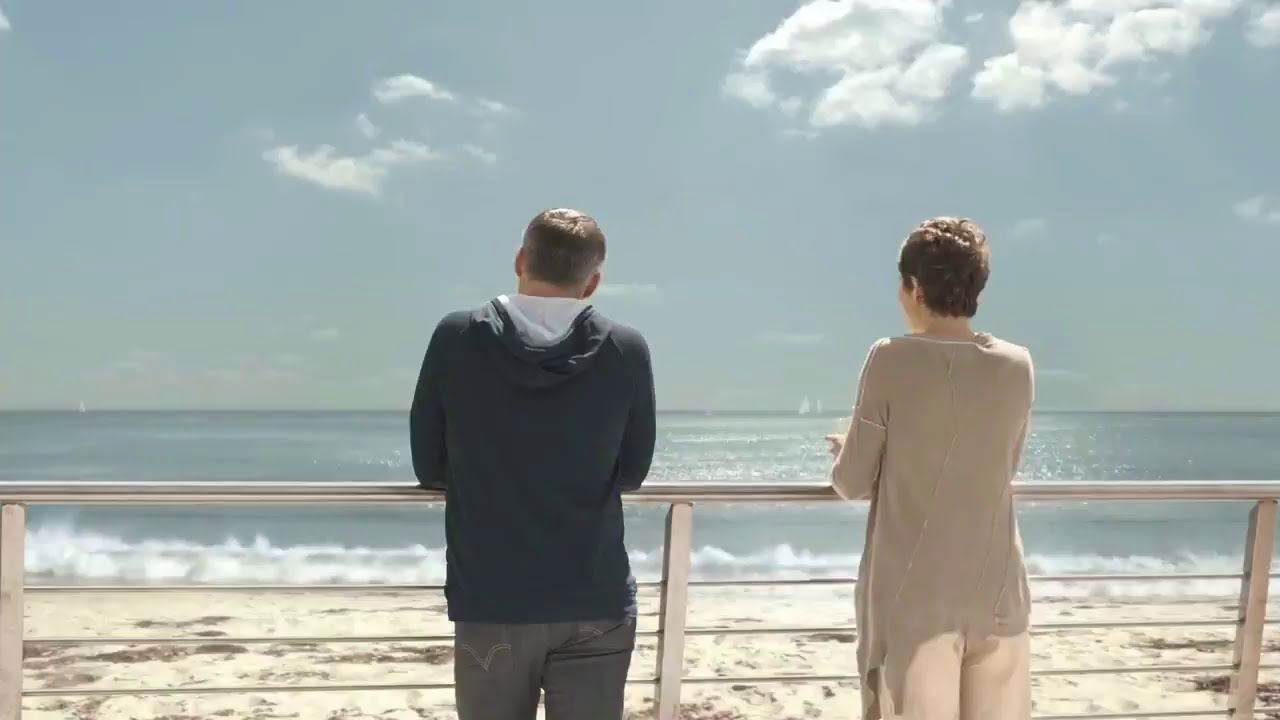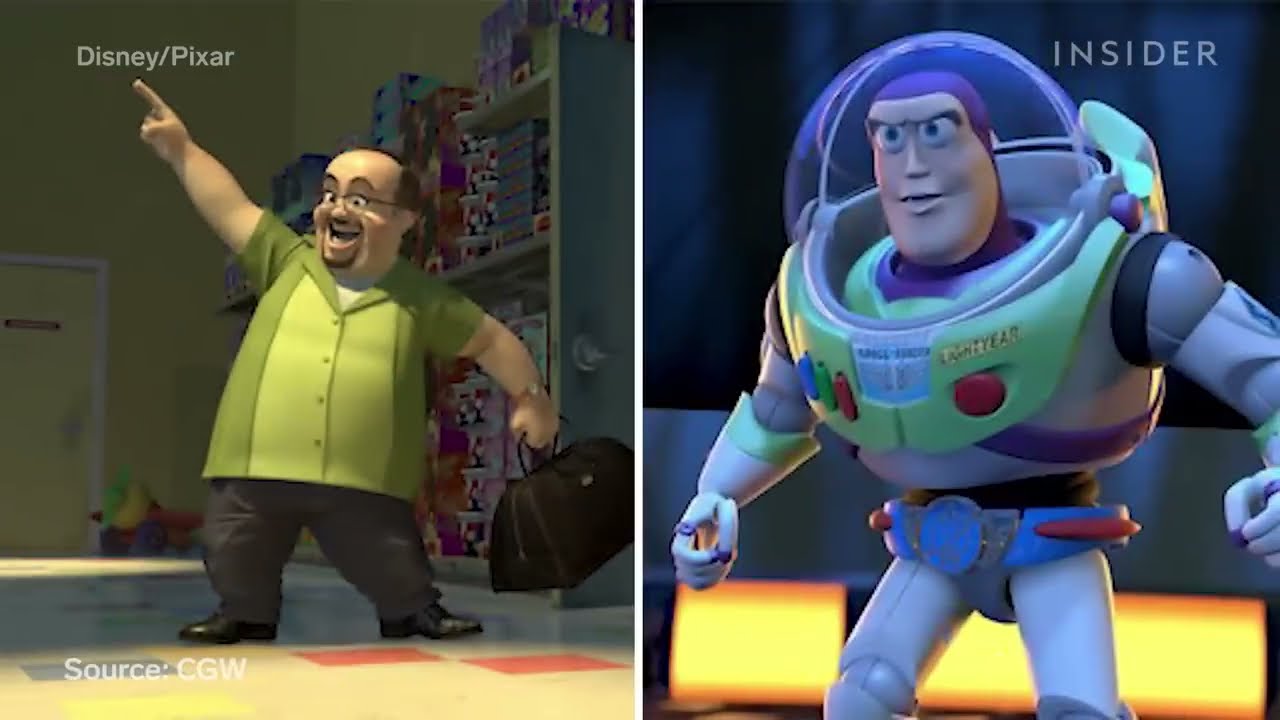

CGI animation techniques have revolutionized the film and television industries, allowing animators to create realistic, highly-detailed, and visually stunning animated sequences. In this article, we will explore what CGI animation techniques are, how to use them, and their pros and cons.
What are CGI Animation Techniques?

Computer-generated imagery (CGI) animation is a type of animation that uses computer software to create images and animations. It involves creating three-dimensional models of characters and environments, which are then manipulated using animation software.
CGI animation techniques can be used to create everything from video game graphics to special effects in movies. They allow animators to create complex, detailed scenes that would be difficult or impossible to achieve with traditional animation methods.
How to Use CGI Animation Techniques
To create CGI animations, you will need specialized software and hardware. Some popular software programs for CGI animation include Autodesk Maya, Blender, and Cinema 4D. These programs allow animators to create 3D models, add textures and lighting, and animate characters and objects.
Here are some basic steps to follow when using CGI animation techniques:
- Create a 3D model of your character or object using modeling software.
- Add textures, colors, and lighting to bring your model to life.
- Animate your character or object using animation software.
- Render your animation to create a final video file.
Pros and Cons of CGI Animation Techniques

Like any animation technique, there are both pros and cons to using CGI animation. Here are some of the main advantages and disadvantages:
Pros
- Highly detailed: CGI animation allows for incredible detail and realism in characters and environments.
- Flexibility: Because all elements are created digitally, it’s easy to make changes, experiment, and iterate on designs.
- Efficiency: Once the initial 3D models are created, it’s relatively easy to create new animations or scenes using the same models.
- Special effects: CGI is often used to create special effects in movies and television shows that would be difficult or impossible to achieve with traditional animation methods.
Cons
- Expensive: CGI animation requires specialized software and hardware, which can be expensive to purchase and maintain.
- Time-consuming: Creating high-quality CGI animations can be a time-consuming process, requiring significant resources and expertise.
- Uncanny valley: Some people find that highly realistic CGI characters look creepy or unsettling because they’re almost but not quite human-like.
- Lack of spontaneity: Because everything is planned and designed in advance, there’s less room for improvisation or spontaneity in the animation process.
Alternatives to CGI Animation Techniques

While CGI animation is one of the most popular animation techniques today, it’s not the only option. Here are some other animation techniques you might consider:
Traditional Animation
Traditional animation involves drawing individual frames by hand and then photographing them to create an animated sequence. It’s a time-consuming process but can create beautiful, fluid animation.
Stop Motion Animation
Stop motion animation involves taking photographs of physical objects or puppets, moving them slightly between each shot, and then combining the images to create an animated sequence. It’s a labor-intensive process but can create unique, visually interesting animation.
2D Digital Animation
2D digital animation is similar to traditional animation, but all drawings are done digitally on a computer. It’s faster and more efficient than traditional animation but can still create beautiful, expressive animations.
Step-by-Step Guide to Creating a CGI Animation
If you’re interested in creating your own CGI animation, here’s a step-by-step guide to get you started:
- Choose your animation software: There are many different options available, so research and experiment to find one that works for you.
- Create your 3D model: Use the modeling tools in your software to create a detailed 3D model of your character or object.
- Add textures and lighting: Use materials and lighting tools to give your model depth, color, and texture.
- Rig your model: Create a skeleton for your model so that it can be moved and animated.
- Animate your model: Use keyframe animation to create movement and expression in your character or object.
- Render your animation: Use your software’s rendering tools to create a final video file.
Tips for Creating Great CGI Animation
Here are some tips to help you create high-quality CGI animations:
- Pay attention to detail: The more detail you add to your models and environments, the more realistic and immersive your animation will be.
- Study real life: Observe how objects and people move in real life and try to replicate that movement in your animation.
- Plan your shots: Storyboard your animation before you start animating to plan out camera angles, lighting, and pacing.
- Experiment: Don’t be afraid to try new things andexperiment with different techniques and styles to create unique and interesting animations.
- Use reference material: Collect references, such as photos, videos, and drawings, to help you create more accurate and realistic models and animations.
- Practice: Like any skill, CGI animation takes practice to master. Keep creating and experimenting to improve your skills.
Comparing CGI Animation Techniques
While CGI animation is a popular and powerful animation technique, it’s not the only option available. Here’s a quick comparison of some of the main types of animation:
| Technique | Pros | Cons |
|---|---|---|
| CGI Animation | Highly detailed, flexible, efficient, great for special effects | Expensive, time-consuming, can look unsettling |
| Traditional Animation | Beautiful, fluid animation | Time-consuming, requires drawing skills, limited flexibility |
| Stop Motion Animation | Unique, visually interesting animation | Labor-intensive, limited flexibility |
| 2D Digital Animation | Faster than traditional animation, beautiful, expressive | Limited depth and complexity compared to 3D animation |
The Best CGI Animation Techniques
When it comes to CGI animation, there is no one “best” technique – it all depends on your needs and goals. However, here are some tips to help you create high-quality CGI animations:
- Plan carefully: Spend time planning your animation, storyboarding your shots, and gathering reference material.
- Invest in good software and hardware: High-quality software and hardware can make a big difference in the quality of your animation.
- Pay attention to detail: The more detail you add to your models and environments, the more realistic and immersive your animation will be.
- Practice regularly: Like any skill, CGI animation takes practice to master, so keep creating and experimenting.
In conclusion, CGI animation techniques have revolutionized the way animators create animated sequences, allowing for incredibly detailed and realistic animations. While there are both pros and cons to using CGI animation, it remains one of the most popular and powerful animation techniques available. Whether you’re a professional animator or just starting out, experimenting with different animation techniques can help you create unique and interesting animations that capture your audience’s attention.
